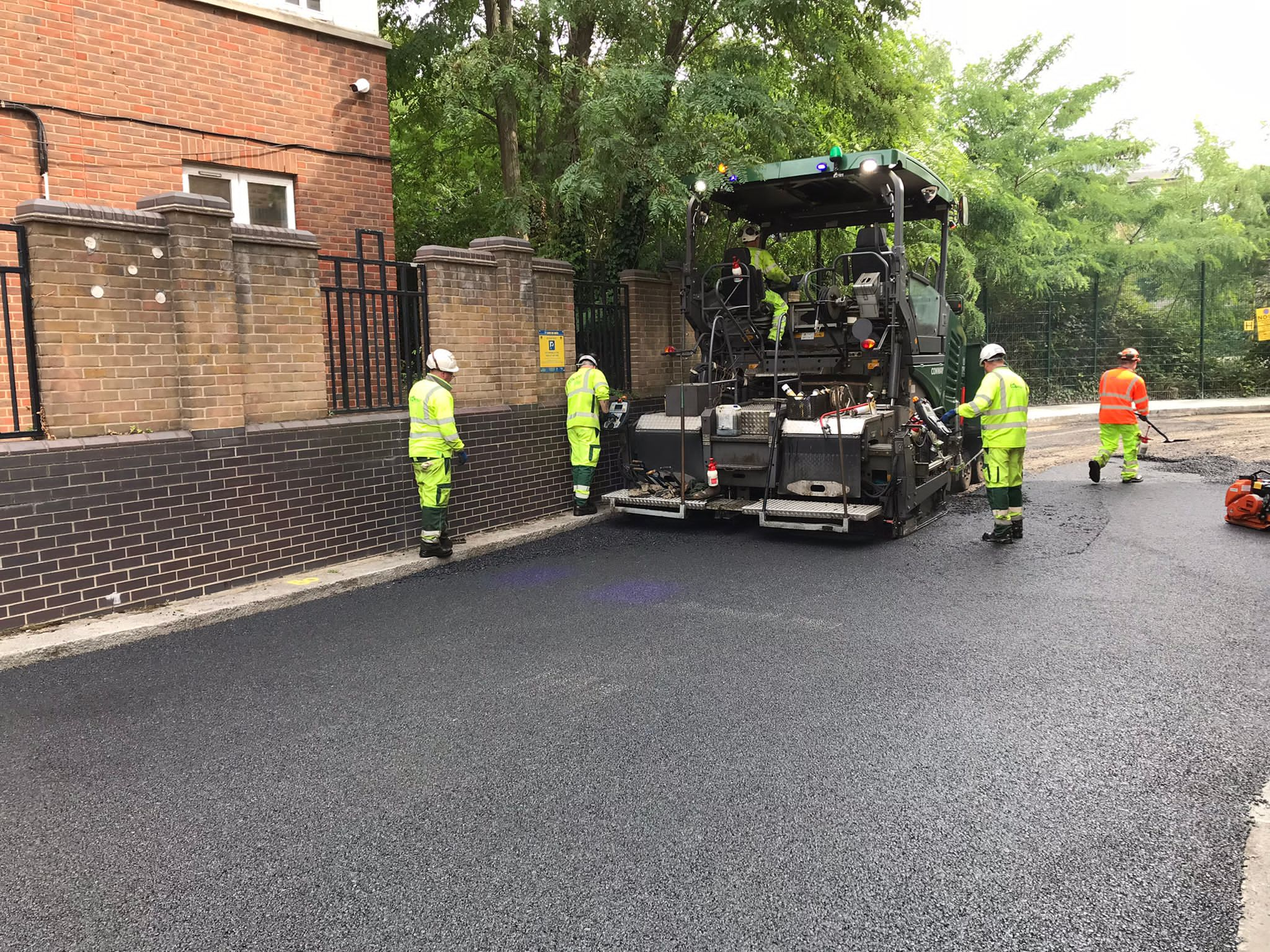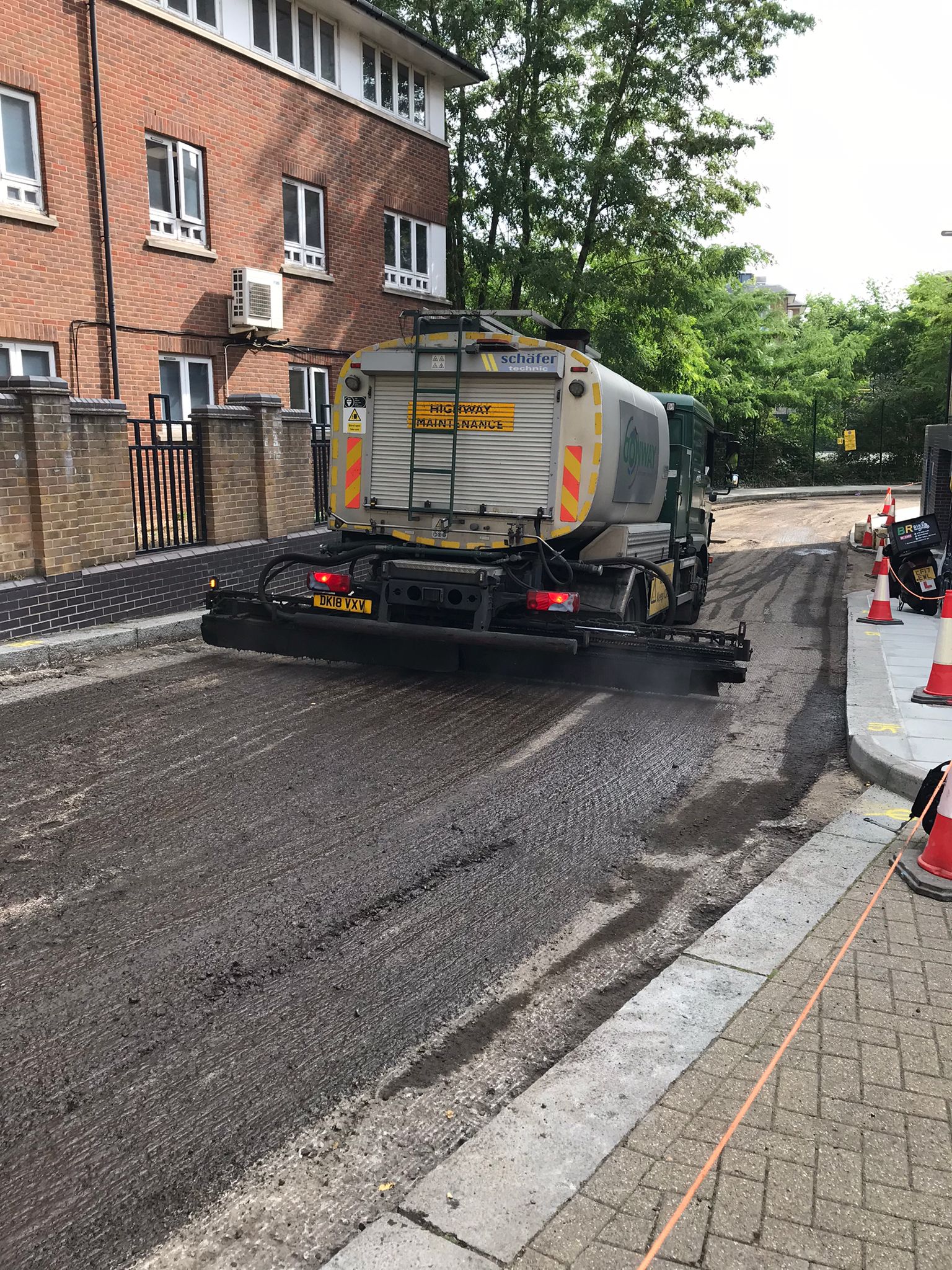

Stacking proven solutions, not cutting corners, is the key to achieving net zero roads, says Matt Tallon, sustainability director at FM Conway.
Join other savvy professionals just like you at CIHT. We are committed to fulfilling your professional development needs throughout your career
They say the devil is in the detail and it’s certainly true for the highways industry and its approach to its carbon reduction goals. At FM Conway, we’ve invested over many years in trialling and developing more sustainable construction techniques. While this work continues to show how we can make genuine progress on net zero targets, one thing is clear: a quick fix to eliminate carbon emissions from road maintenance simply doesn’t exist. Or at least, it doesn’t exist yet.
The answer lies in scrutinising each step of the existing process to minimise carbon over an asset’s lifetime. By stacking proven, scalable and cost-effective technologies and solutions together, we can deliver our own and our clients’ objectives. It might not be the silver bullet some are hoping for, but our experience shows that it’s the right approach. So what does it look like in practice?

As one of the biggest contributors to a road’s embodied carbon, the work has to start with the materials specification. Ensuring we don’t over specify for the route in question is critical. It’s good to see the use of recycled asphalt becoming more widespread, but there’s still a long way to go to make it standard practice across both the strategic and the local road networks. As a sector we need to avoid specifying virgin materials simply based on outdated ways of working when the data shows that recycled materials can do the job just as well, if not better. Mixes can often be laid as a thinner, single layer too, saving precious resources and, by extension, carbon.
Across the board, the emphasis should be on designing in a way which boosts the durability of our highways, accounting for the impacts of changing weather patterns and user behaviour. Roads that last longer and need fewer maintenance cycles will ultimately deliver whole-life carbon and financial benefits. It means less disruption for communities too.
If the first stage is about cutting carbon from the materials we make, the next is about removing emissions from how we move and lay them. Finding alternatives to fossil fuels for powering plant and equipment is important. We have invested in switching heavy machinery like the material handler at our wharf in Erith to electric, for example. We’re also extending our use of HVO fuel, and we make sure we backhaul materials on our vehicles wherever possible so that no truck runs needlessly empty. These changes might sound a bit piecemeal but it’s a forensic, granular approach that is key to unlocking the carbon gains which, when added together, will get us to net zero.
There are cost implications to weigh up of course and we equate each action to a £ cost per tonne of carbon saved to help us assess the benefits of different approaches. Materials changes often deliver the best return but that doesn’t mean we should overlook tweaks further along the process – we simply have to be smarter about how we maximise value for money. Using technology helps and we monitor the data from our equipment, for example, to make sure we’re running it as efficiently as possible.
No puns intended, the road to net zero won’t be easy but cutting corners isn’t the answer. By waiting for a fix-all solution or sticking to the same old approach and simply offsetting every emission, the industry will only stifle progress. Instead, our focus should be on a holistic but also meticulous approach to lowering the whole-life footprint of our highways, analysing each stage of the construction and maintenance process to slice out carbon along the way.

Join other savvy professionals just like you at CIHT. We are committed to fulfilling your professional development needs throughout your career
Sign up to the APM Newsletter.
{{item.AuthorName}} {{item.AuthorName}} says on {{item.DateFormattedString}}: